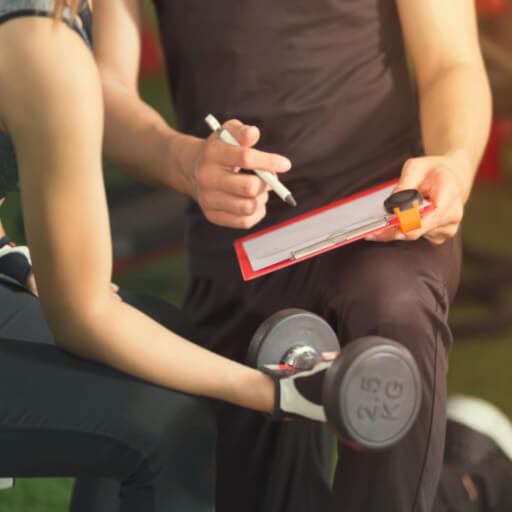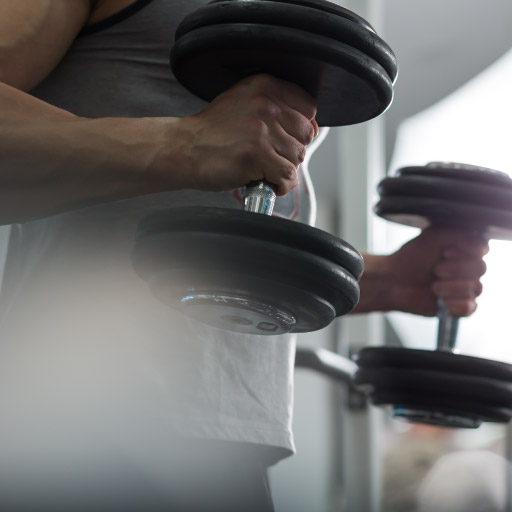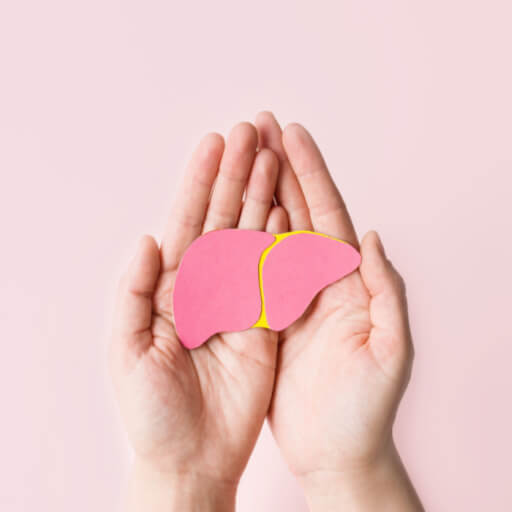Setting your fitness goals can help you lead a healthy lifestyle. However, with so many diet plans and fitness regimes available online, choosing a fitness program that singularly suits you can be tough. Curating a fitness program can do wonders in keeping chronic lifestyle conditions at bay.
What you need to know:
5 steps to starting your fitness program
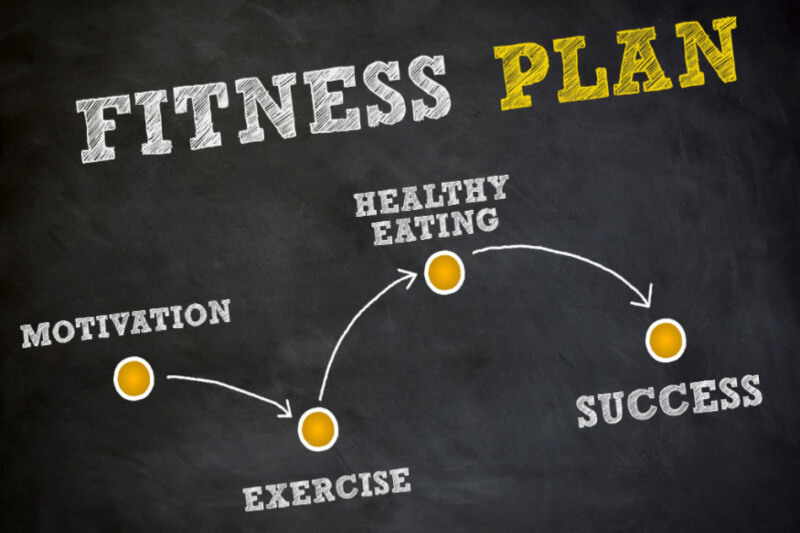 A well-defined fitness program reduces the risk of cardiovascular diseases, helps you get better sleep, and promotes self-esteem. Take a look at the 5 steps to start your fitness program for a healthy lifestyle.
A well-defined fitness program reduces the risk of cardiovascular diseases, helps you get better sleep, and promotes self-esteem. Take a look at the 5 steps to start your fitness program for a healthy lifestyle.
Assess your fitness levels
It is essential to understand and assess how fit you are. If you record baseline fitness scores, you can use that information as a benchmark to measure your fitness progress. Start with recording your body mass index. You can check your BMI on our online Body Mass Index Calculator. Measure your waist circumference, right above your hip bones. You can also use our online Waist to Hip Ratio Calculator to determine whether you are overweight or not. Assess your pulse rate before and after walking 1.6 kilometers or 1 mile. Check how many standard or modified push-ups you can do, whether your hands can touch your feet while you are seated, and how far your hands reach to understand your flexibility level.
Design your exercise program
Sketch out an exercise routine that you can follow consistently. Chart out clear goals that can motivate you. Get at least 75-150 minutes of moderate physical activity every week, including aerobics, cardio, workouts, yoga, low-intensity or high-intensity interval training (HIIT), and cross-training. You can even incorporate physical activities into your daily lifestyle, from walking instead of taking a vehicle, climbing stairs over the elevator, and getting 10,000 steps in between meals and work.
Gather equipment
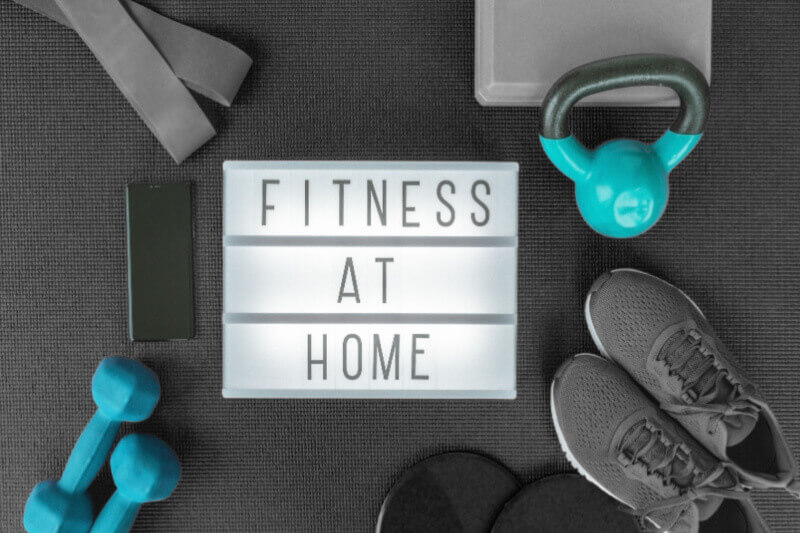 You can hit the gym and take a certified trainer’s help to maintain a proper diet chart and fitness regime, or you can even set up a mini gym at home. Start with a pair of proper athletic shoes that are comfortable and supportive. Next, choose a fitness gear that is flexible and comfortable. Then, you can gradually start investing in equipment such as skipping ropes, resistance bands, dumbbells, barbells, kettlebells, and Bosu balls. You can even use fitness applications and smart devices that monitor your heart rate, pulse, the number of steps walked, and calories burnt.
You can hit the gym and take a certified trainer’s help to maintain a proper diet chart and fitness regime, or you can even set up a mini gym at home. Start with a pair of proper athletic shoes that are comfortable and supportive. Next, choose a fitness gear that is flexible and comfortable. Then, you can gradually start investing in equipment such as skipping ropes, resistance bands, dumbbells, barbells, kettlebells, and Bosu balls. You can even use fitness applications and smart devices that monitor your heart rate, pulse, the number of steps walked, and calories burnt.
Get started
The key is to start slow with fewer repetitions and progress gradually. This will improve your strength, range of motion, and endurance. Plan your workouts during the morning so that you don’t skip a day. Don’t set unrealistic goals; instead, set short-term goals, the fulfillment of which will keep you motivated. In case you feel uneasy during an exercise/activity, stop immediately. Do not strain yourself and do the exercise/activity only if you feel comfortable and based on your existing health conditions.
Monitor your progress
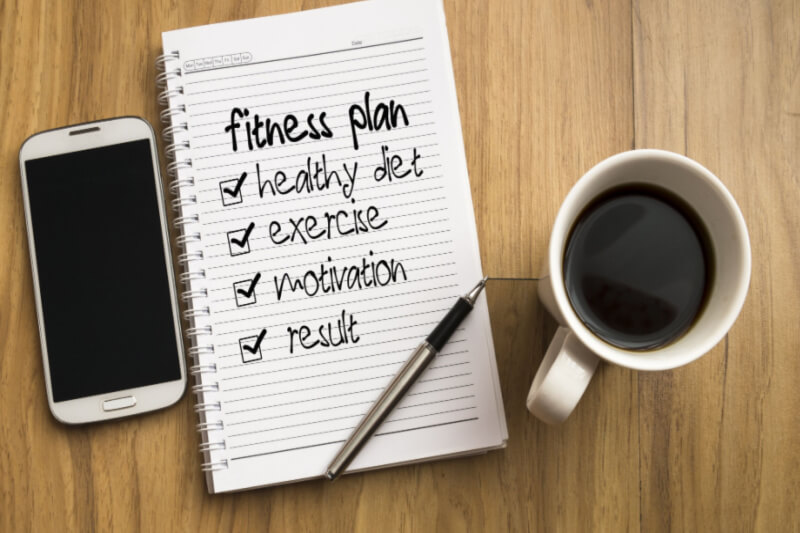 Reassess your personal fitness goals every 6 months to monitor your progress. This will inform you whether you need to increase the time you exercise or continue at the same pace. Concentrate on maintaining a healthy diet when you get used to this fitness program.
Reassess your personal fitness goals every 6 months to monitor your progress. This will inform you whether you need to increase the time you exercise or continue at the same pace. Concentrate on maintaining a healthy diet when you get used to this fitness program.
Actively participate in the Activ Living community and get more information on lifestyle and mindfulness.





 1800-270-7000
1800-270-7000


